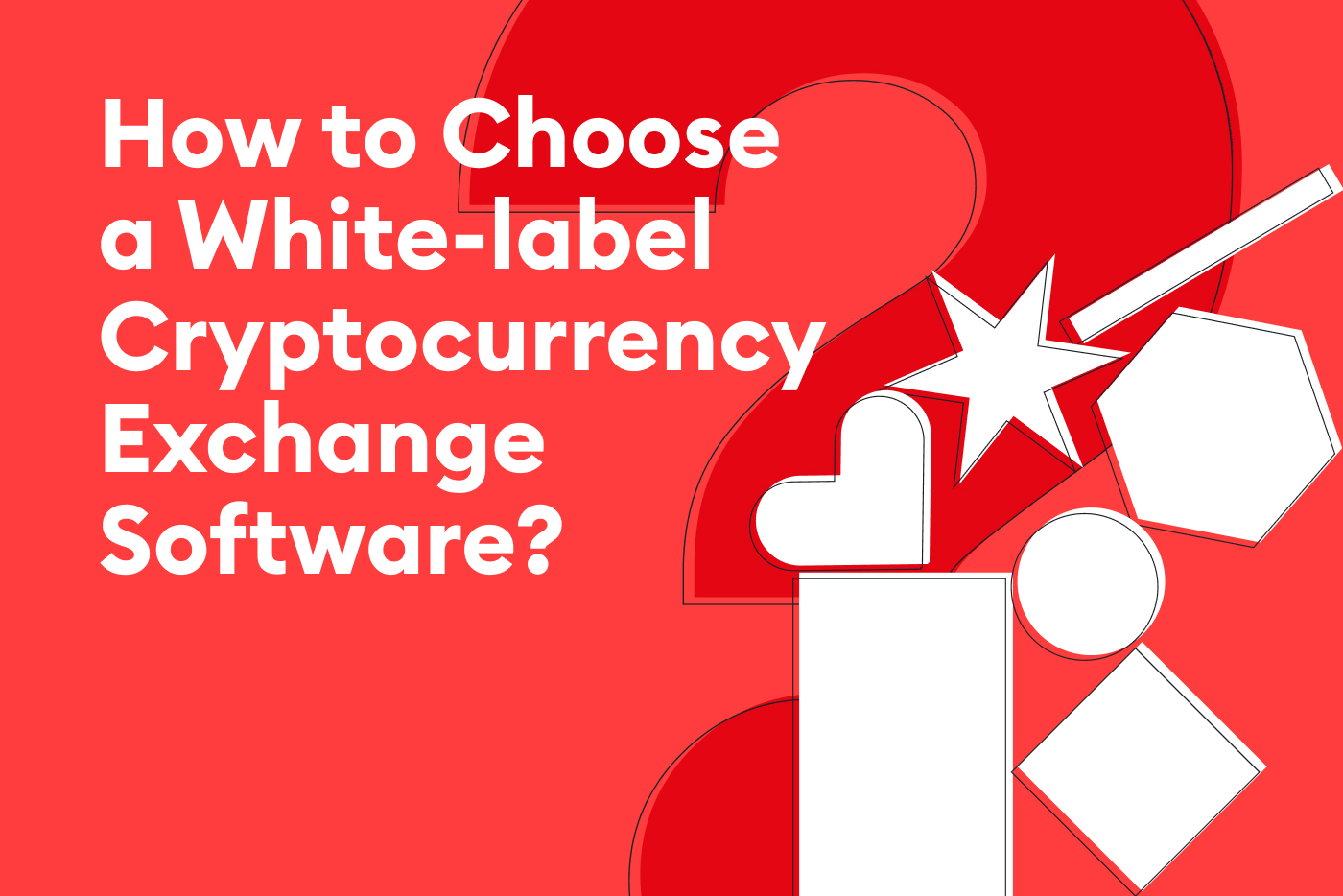
White label concept
When setting out to create any type of tangible or intangible structure, businesses estimate what the entire cost will be, and usually carry out extensive analysis on expected cash flows, along with sensitivity calculations, scenario analysis, and more. On many of these occasions, the costs of developing such structures may outweigh the benefits, or it can even take a long time and a great deal of resources that would be better allocated elsewhere. This is where the white label concept comes in.
White label is a term used to describe selling a product or service, while letting the buyer rebrand it to make it appear as their own. It implies a raw generic commodity, later to be rebranded and customized with the company’s identity so it can be used as a proprietary product. This business line can be used for both tangible and intangible products and services. Walmart’s Great Value brand, for example, doesn’t actually produce every product it sells, but rather buys most of them from other companies with the right to sell the products as its own. On this occasion we will focus on digital asset white label exchange technology, better known as Software-as-a-Service (SaaS).
Contrary to each company developing their own technology infrastructure, white label has the power to improve most aspects of the software and service process. The main benefits white label technology provides to users include its ability to easily deploy the technology, its cost and time efficiency, and the fact that most or all of its features can be tailored to client needs, letting them focus on what’s important, leaving the inconvenience of development to capable industry companies.
White label digital asset exchange
In the digital asset industry, digital asset exchanges are constantly being developed, and competition grows as the number of players increase. Over 300 exchanges are currently listed in CoinMarketCap, and a thousand exchanges are listed in Blackspot [1][2]. This comes to show that even if we know that the amount is growing, it is but a fraction of the total amount out there.
Developing a digital asset exchange can be a daunting and demanding task, requiring considerable technical expertise, time and resources. A full review and guide has been laid out earlier in our blog, in our article entitled: ‘How to set up a digital asset exchange’ and can be found on our Resources page. Similarly, inn4science developed and documented the time and resources it took to build a digital asset exchange from the ground up, showing it can take from 1.5 months to get a MVP, and over 9 months to complete the fully functional exchange [3]. It can be even more challenging for institutions that have to go through a lot of bureaucracy to have the project approved. Such is the case of financial institutions, who are coincidentally the ones with the most incentive to provide such services. White label digital asset exchanges have the advantage of taking a fraction of that time, assured to have minimal (or no) complications, developed by industry’s most advanced teams, and can customize every major and minor aspect, giving the possibility of bringing the company’s vision on what the exchange should provide its target audience.
Your white label exchange partner
In Scalable you can find a well-equipped team committed to help you succeed. We provide state-of-the-art battle tested white-label technology that has never been compromised. We also count with a dedicated client support team that can help you focus on what matters most, without having to worry about the technical infrastructure. In a matter of weeks you can have a fully-functioning, industry flagship digital asset exchange running, connecting your clients to the deepest liquidity pools. All of this without having to go through the nightmare of extensive development and the constant trial and error that characterizes this industry.
Learn more about us and our technology!
For insights from leading experts on how to build an exemplary exchange, discover one of our latest projects here.
References
[1] “Top Cryptocurrency Exchanges Ranked By Volume.” CoinMarketCap, 2020, coinmarketcap.com/rankings/exchanges/. Accessed December 21st, 2020.
[2] “List of All Crypto Exchanges: 1000+ Exchanges Listed.” Blockspot.io, 2020, blockspot.io/exchange/. Accessed December 21st, 2020.
[3] Vasylchykov, Maksym. “Making a Cryptocurrency Exchange: Does It Make Any Sense in 2019 and How To Do It?” Inn4Science Blog, 17 July 2020, www.inn4science.com/blog/how-to-create-a-cryptocurrency-exchange-step-by-step-with-our-expertise/.
Sources
Garcia, Maria. “Top Ten White Label Cryptocurrency Exchange Solutions Provider.” Medium, Medium, 7 June 2019, garcia-maria.medium.com/top-ten-white-label-cryptocurrency-exchange-solutions-provider-b4d466eea52a.
Tymchyshyn, Oleg. “What Is White Labeling? How, Where, and When to Apply?” Smartyads, Feb. 2020, smartyads.com/blog/what-does-white-label-mean-in-business/.
“What Is a White Label Cryptocurrency Exchange?” Medium, Best White Label Exchange, 26 Feb. 2020, medium.com/@whitelabelexchange/what-is-a-white-label-cryptocurrency-exchange-e763111cb4e5.

